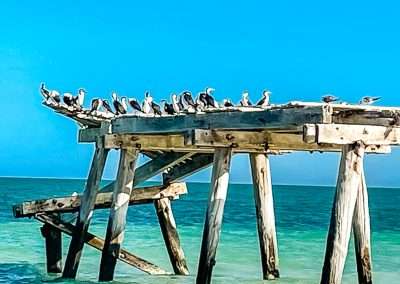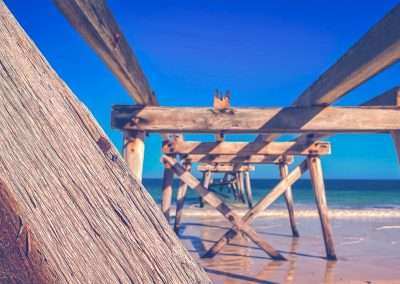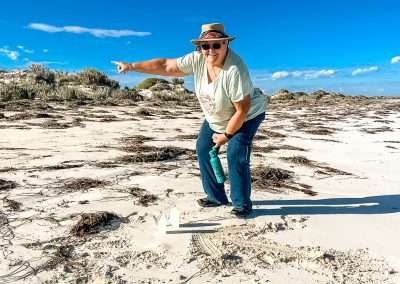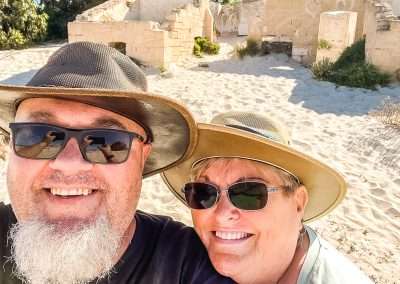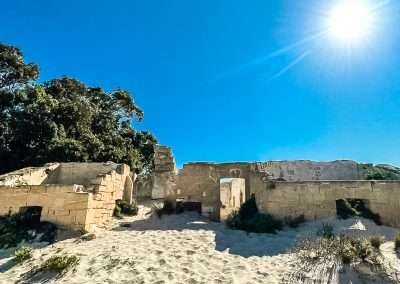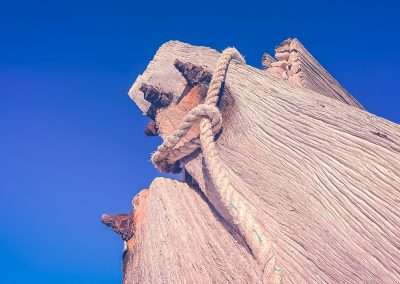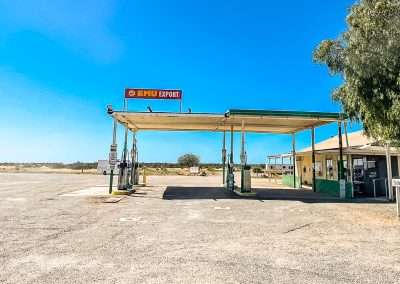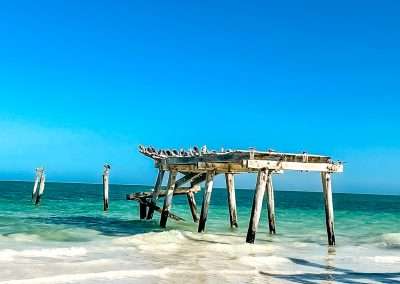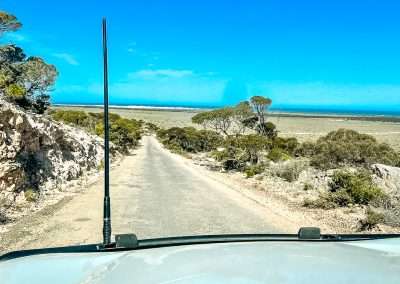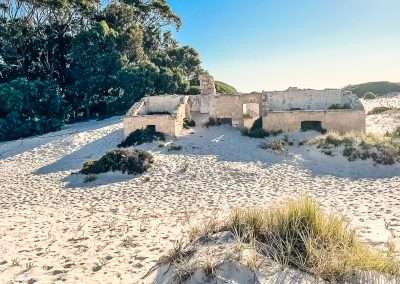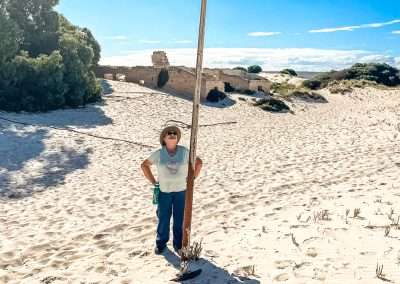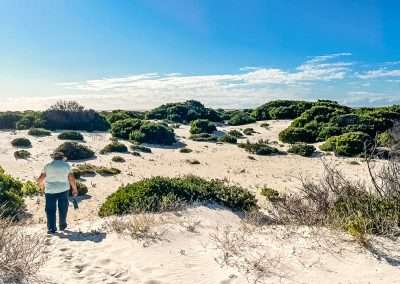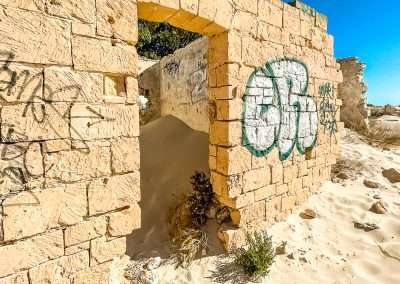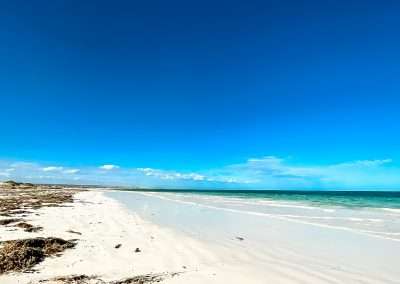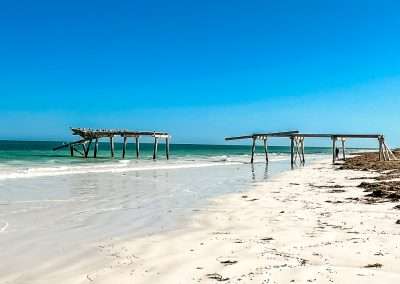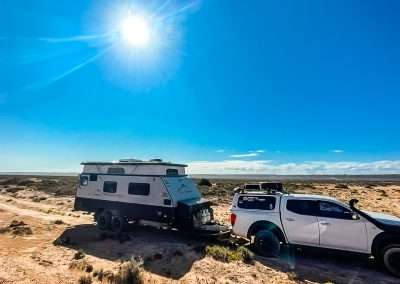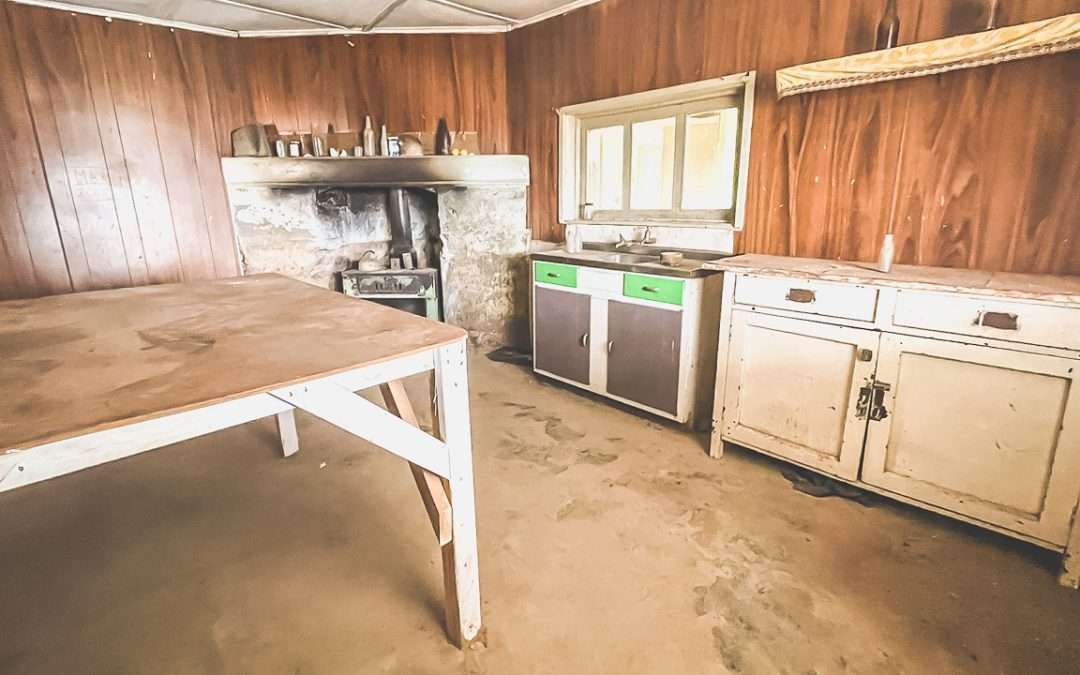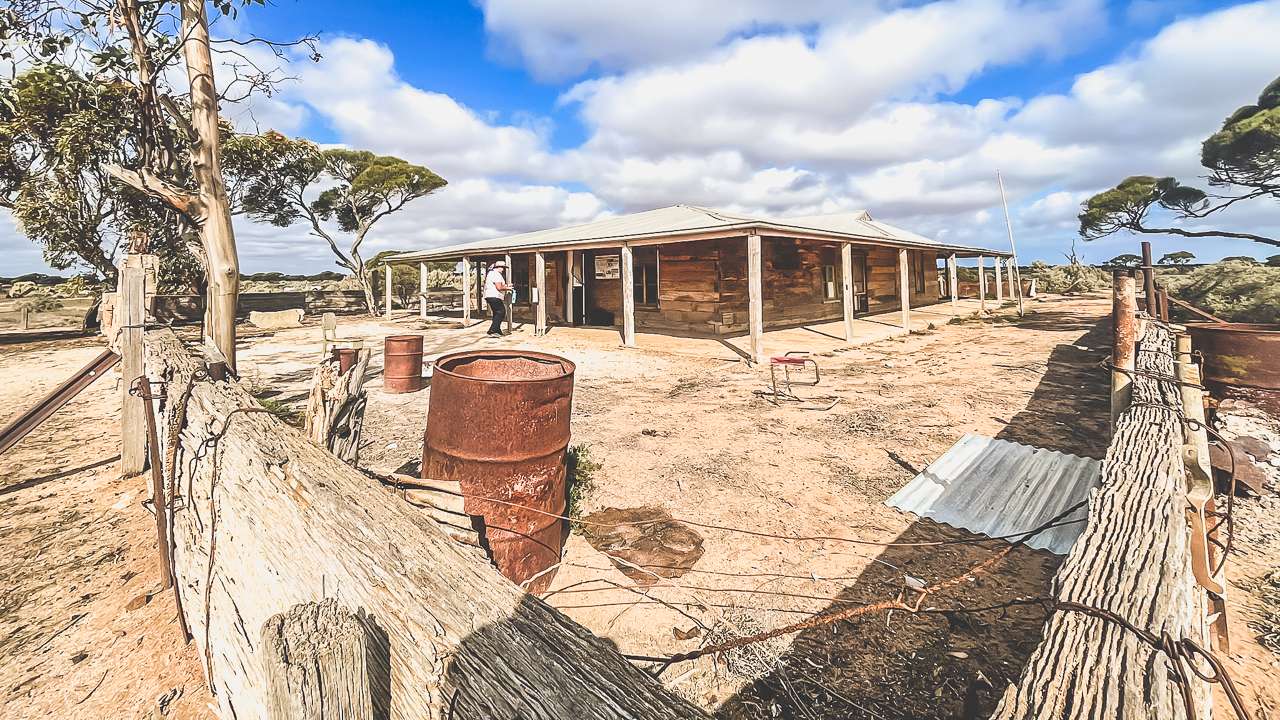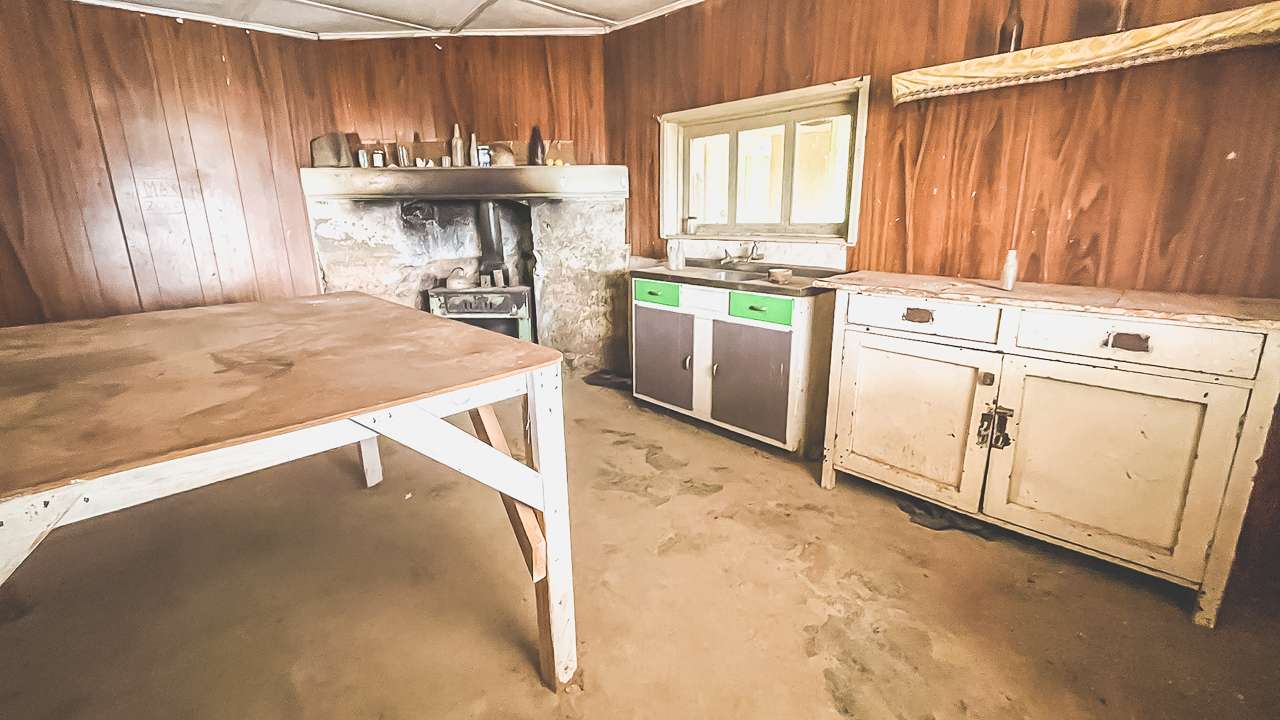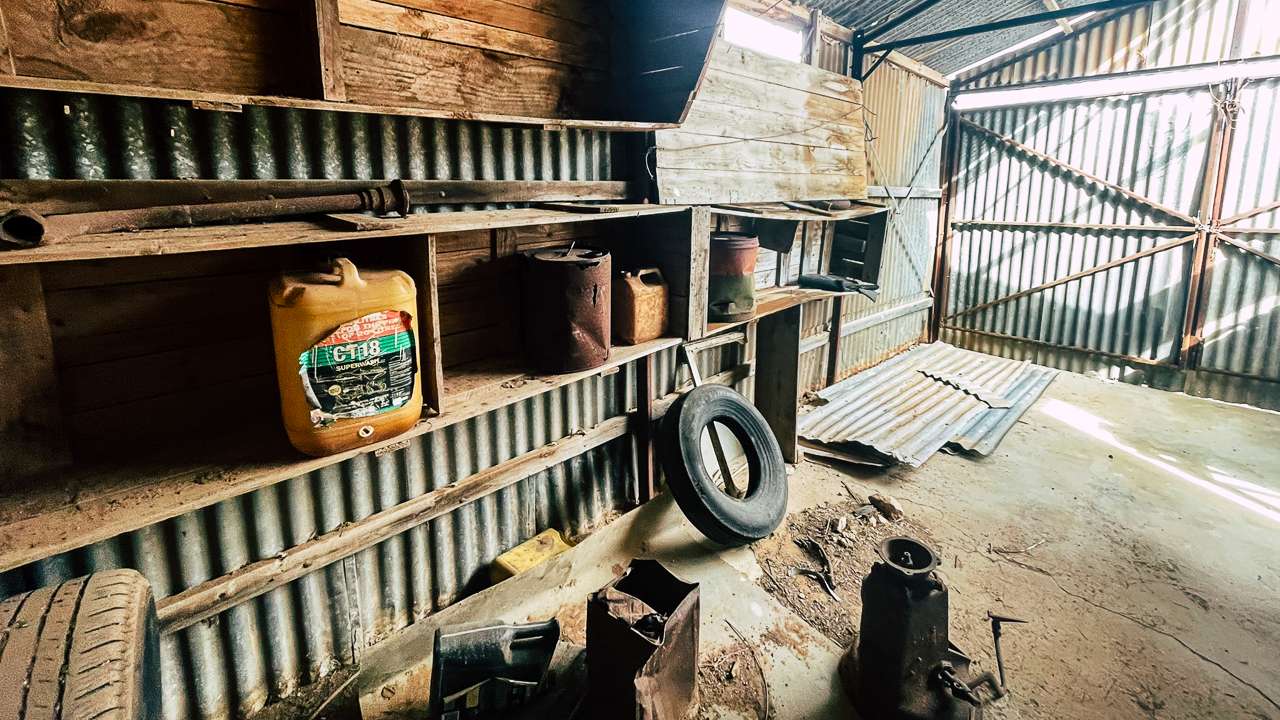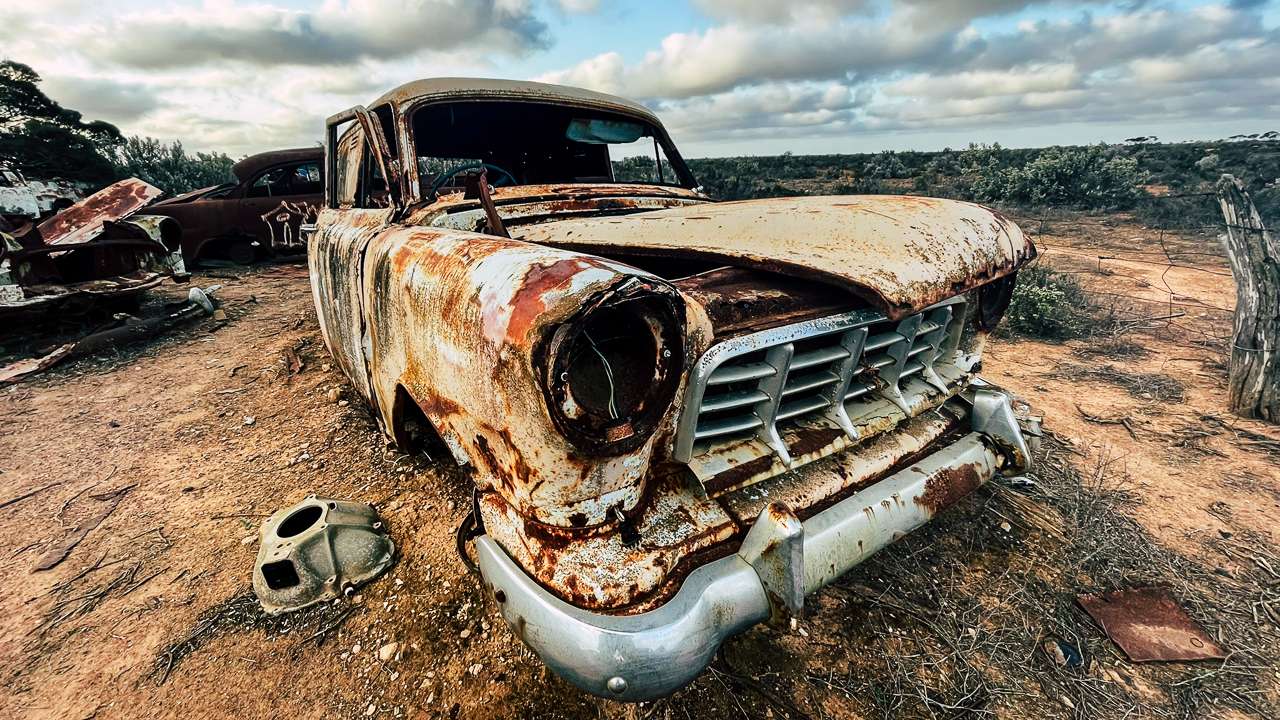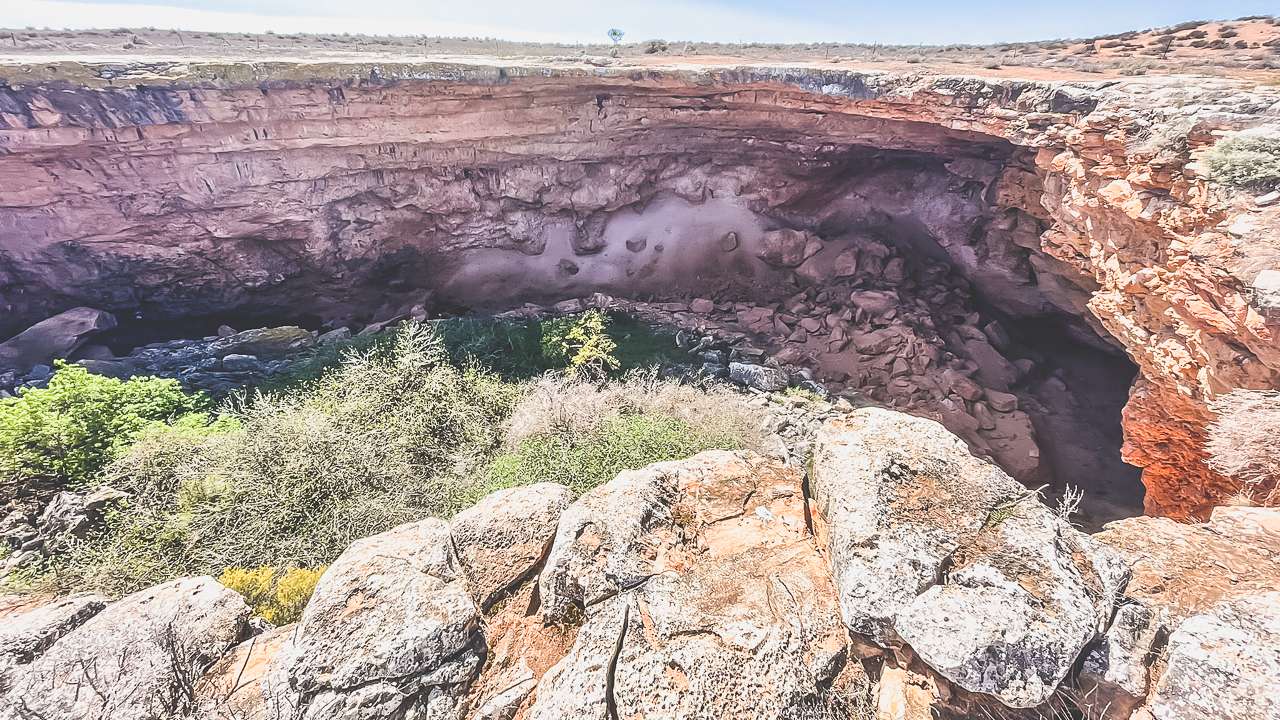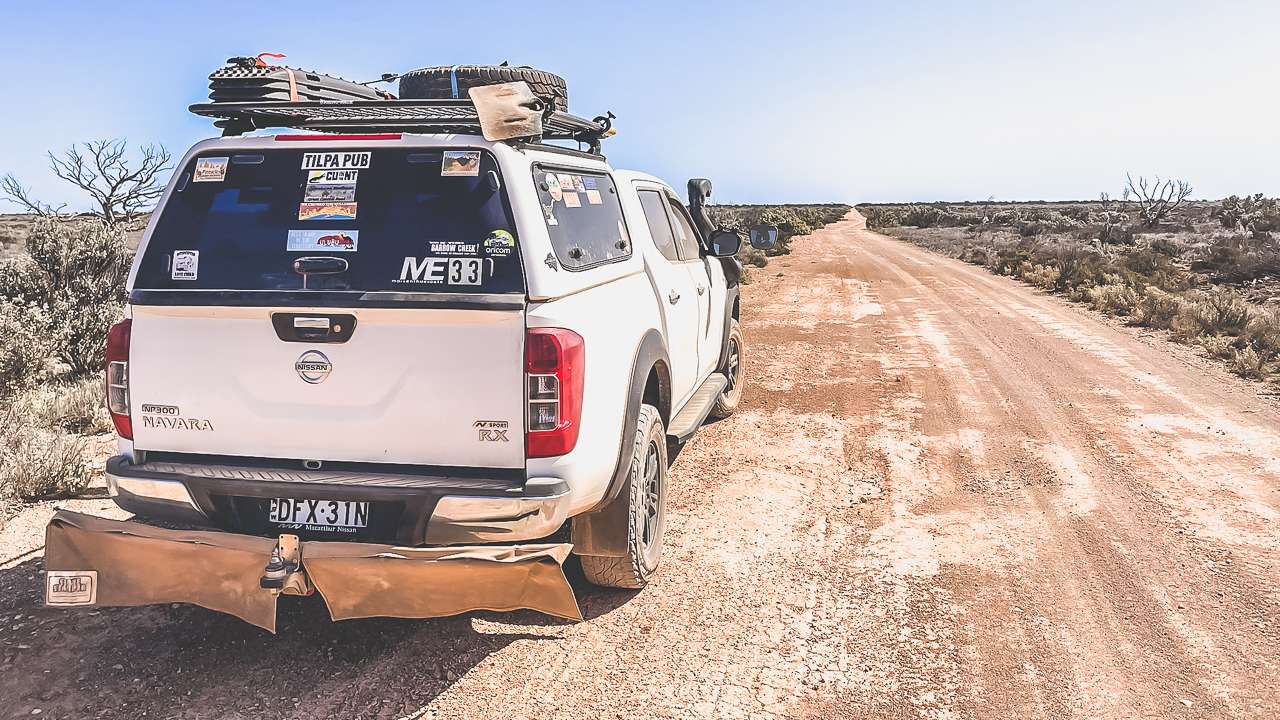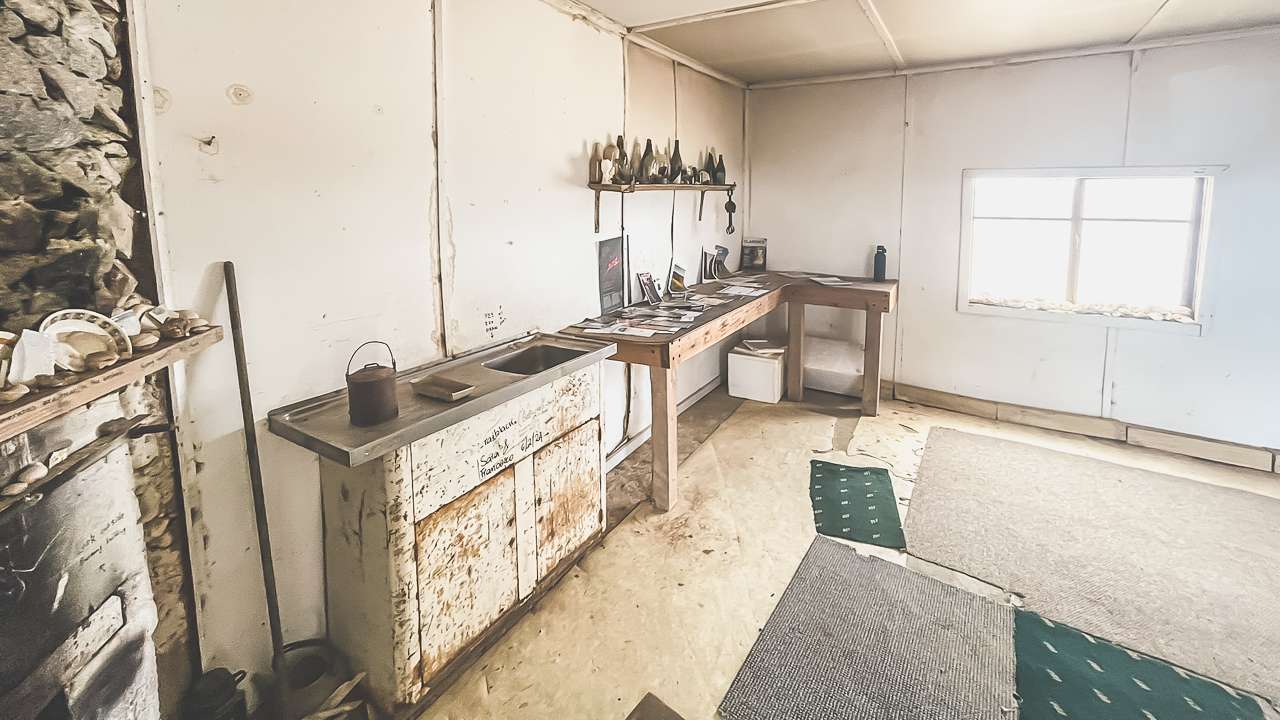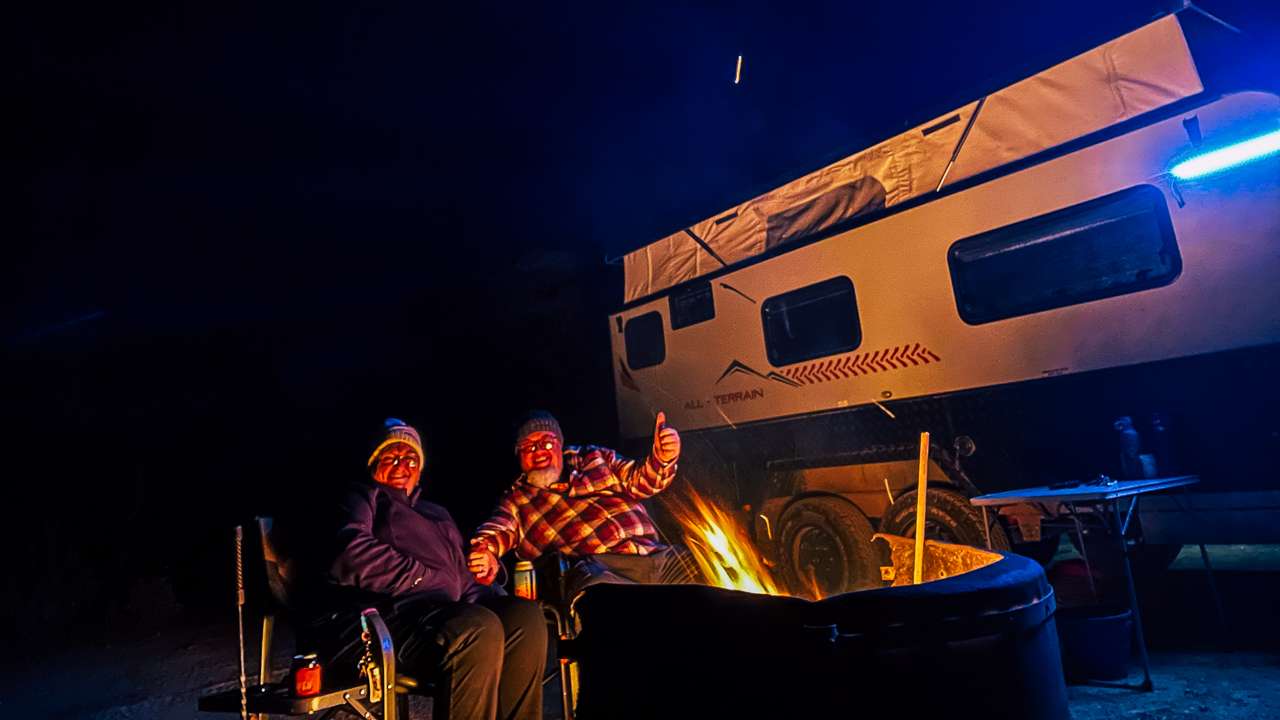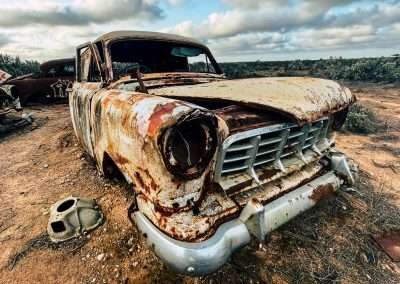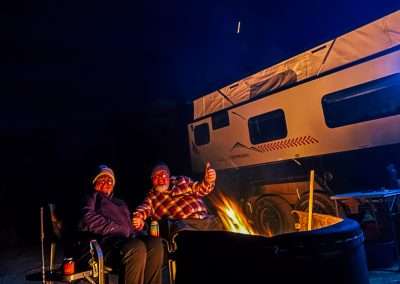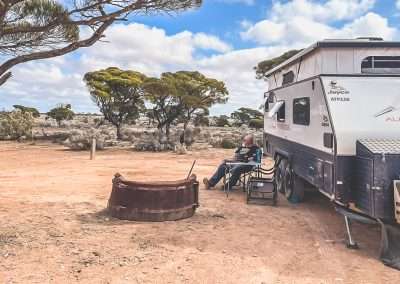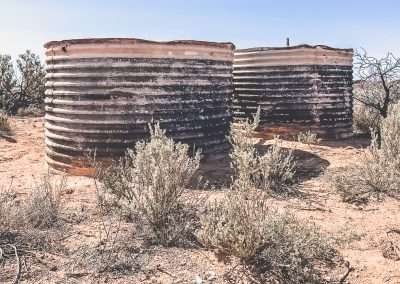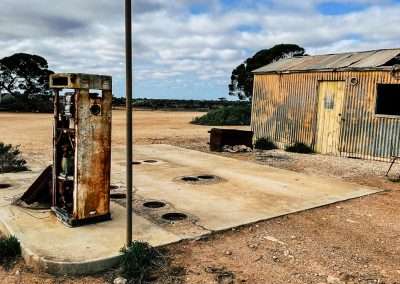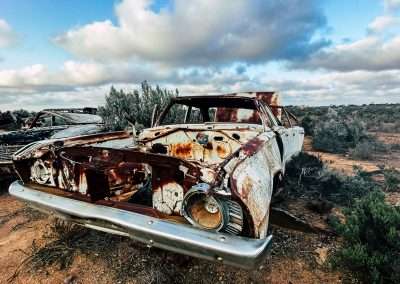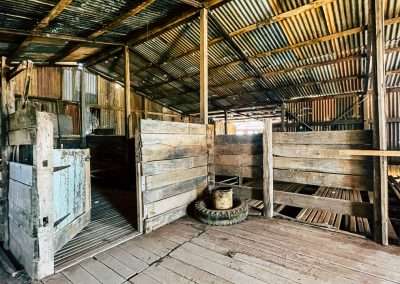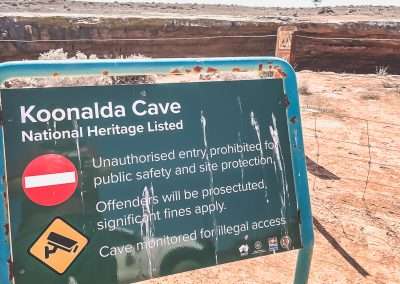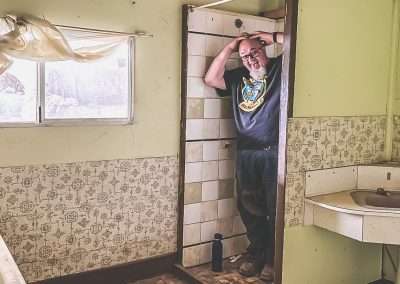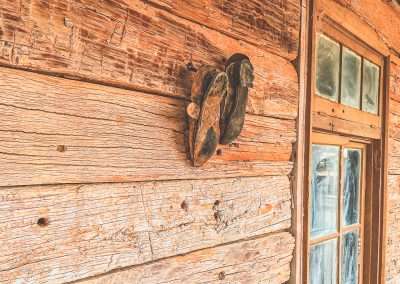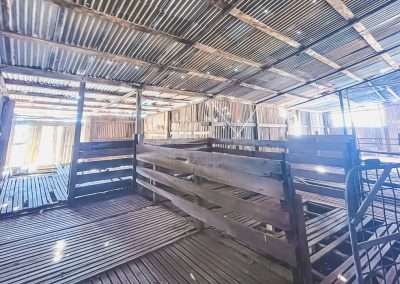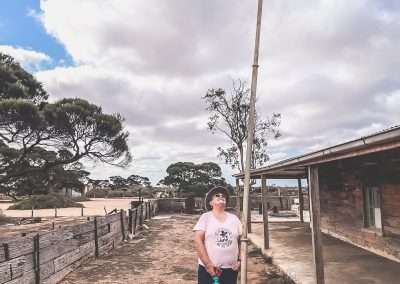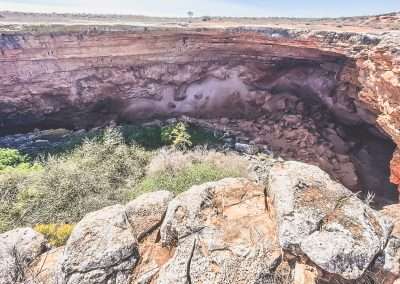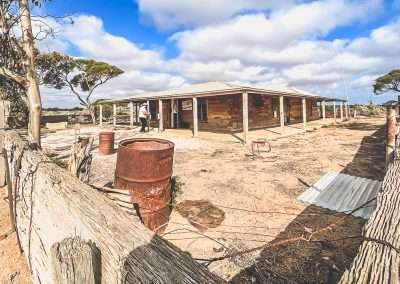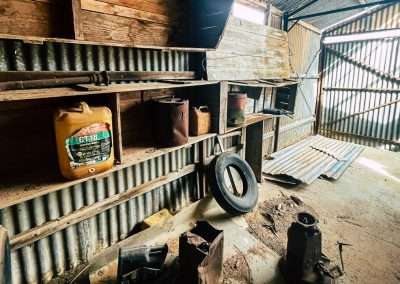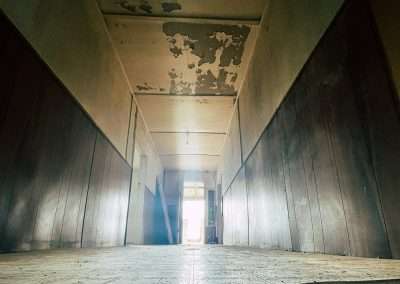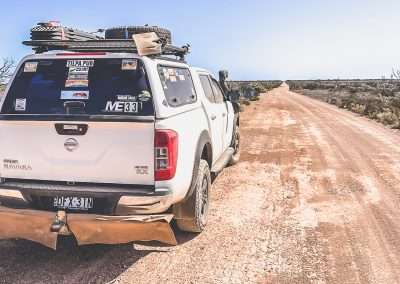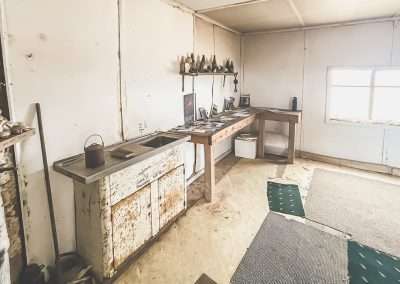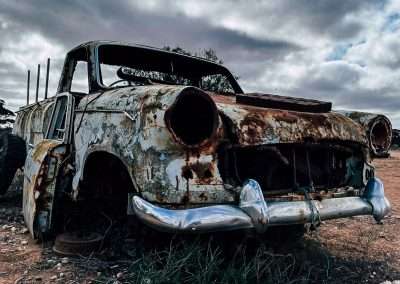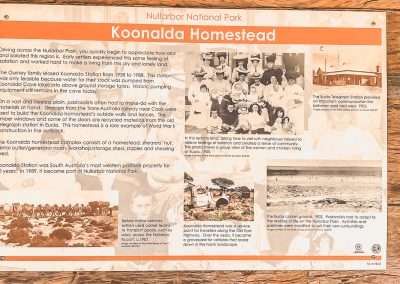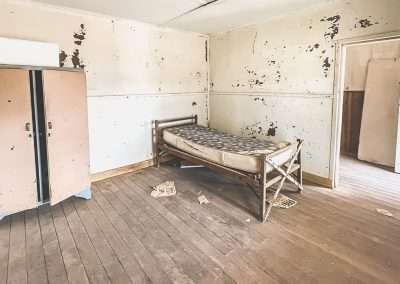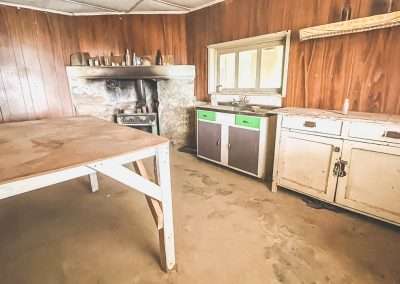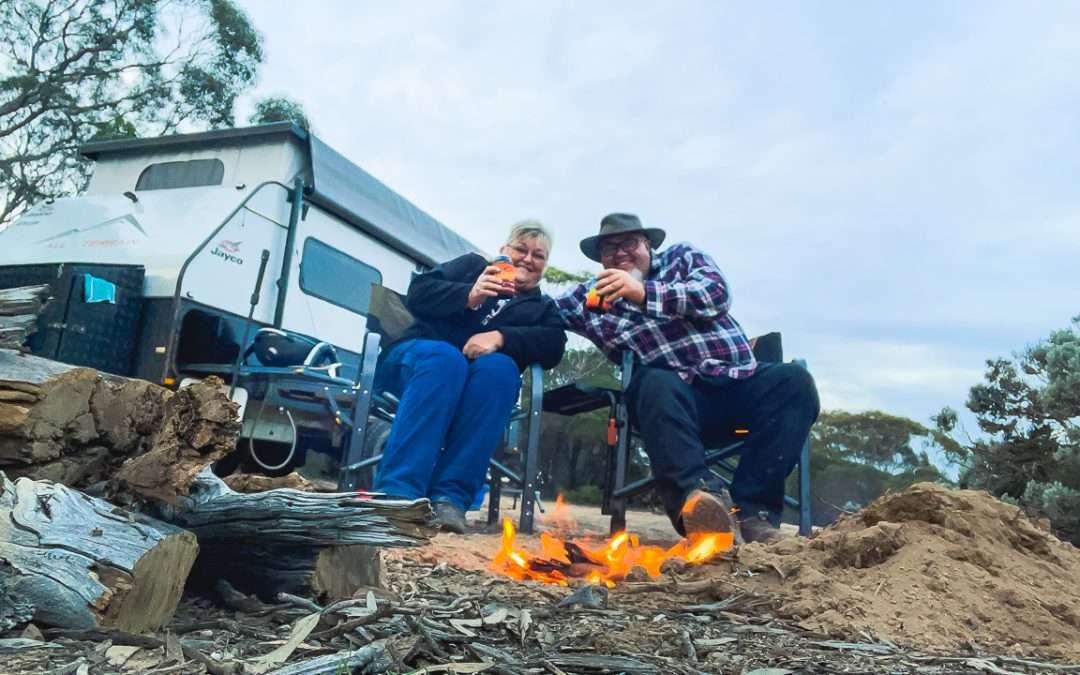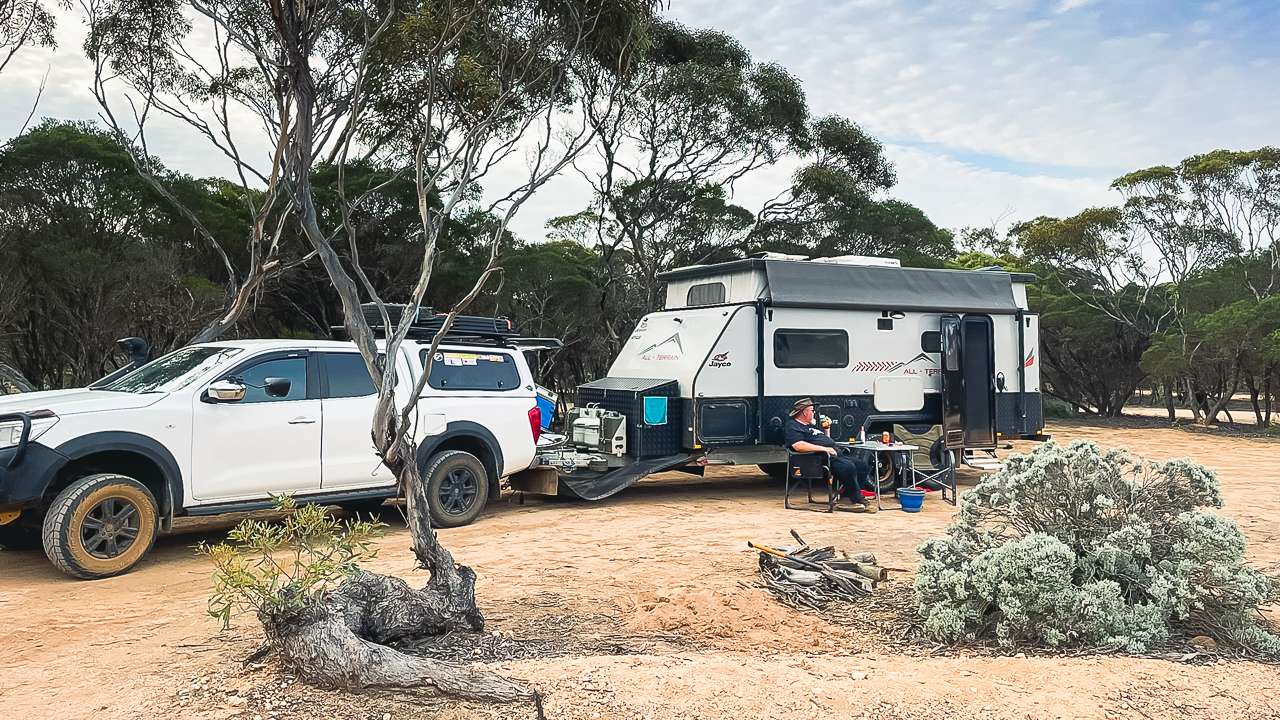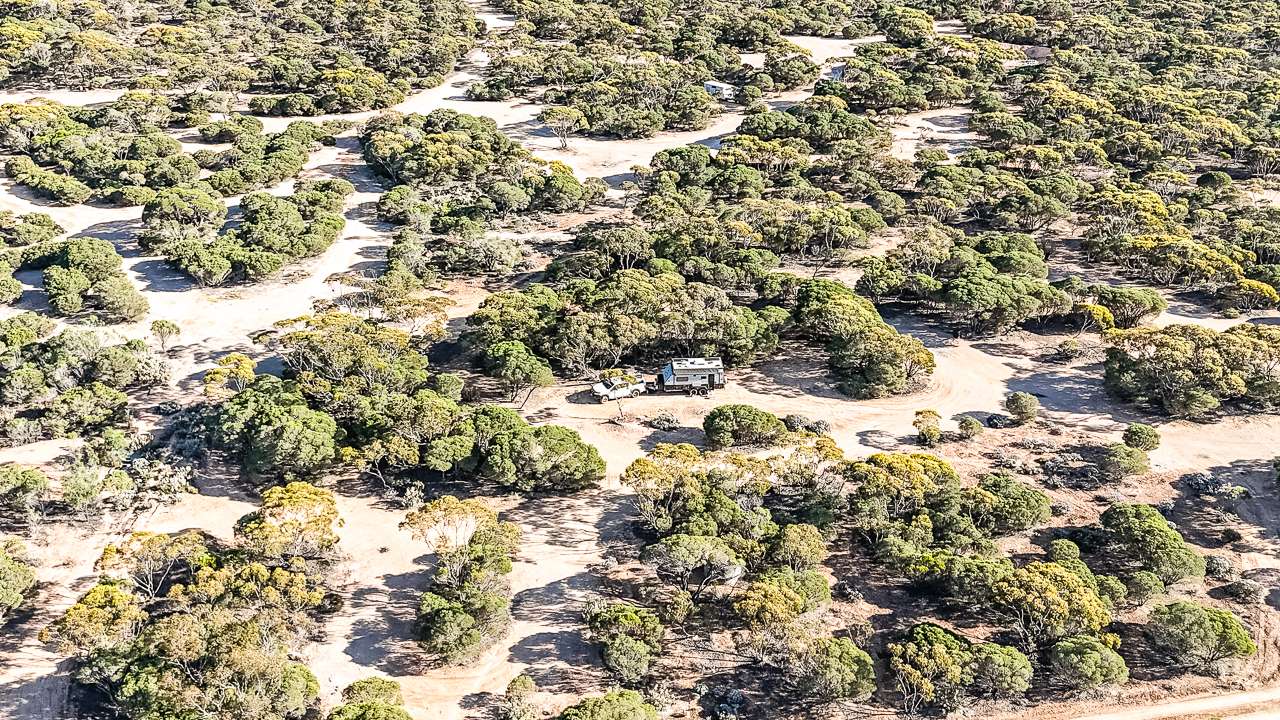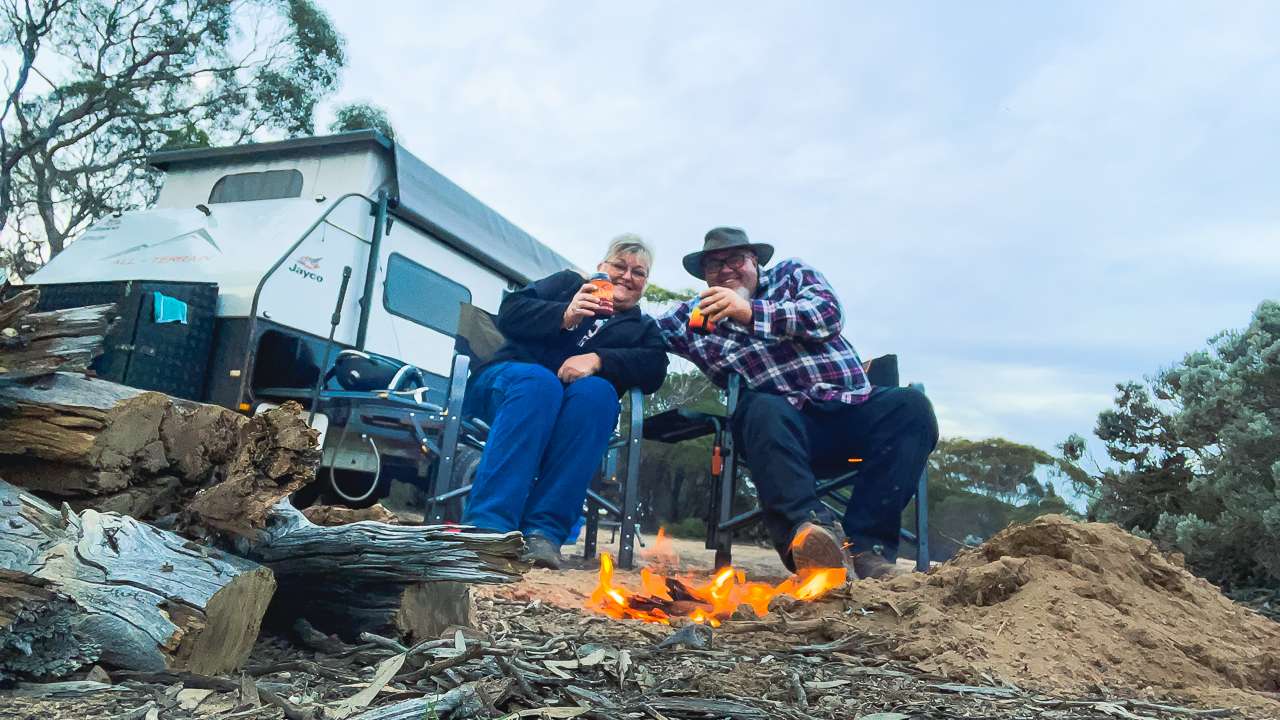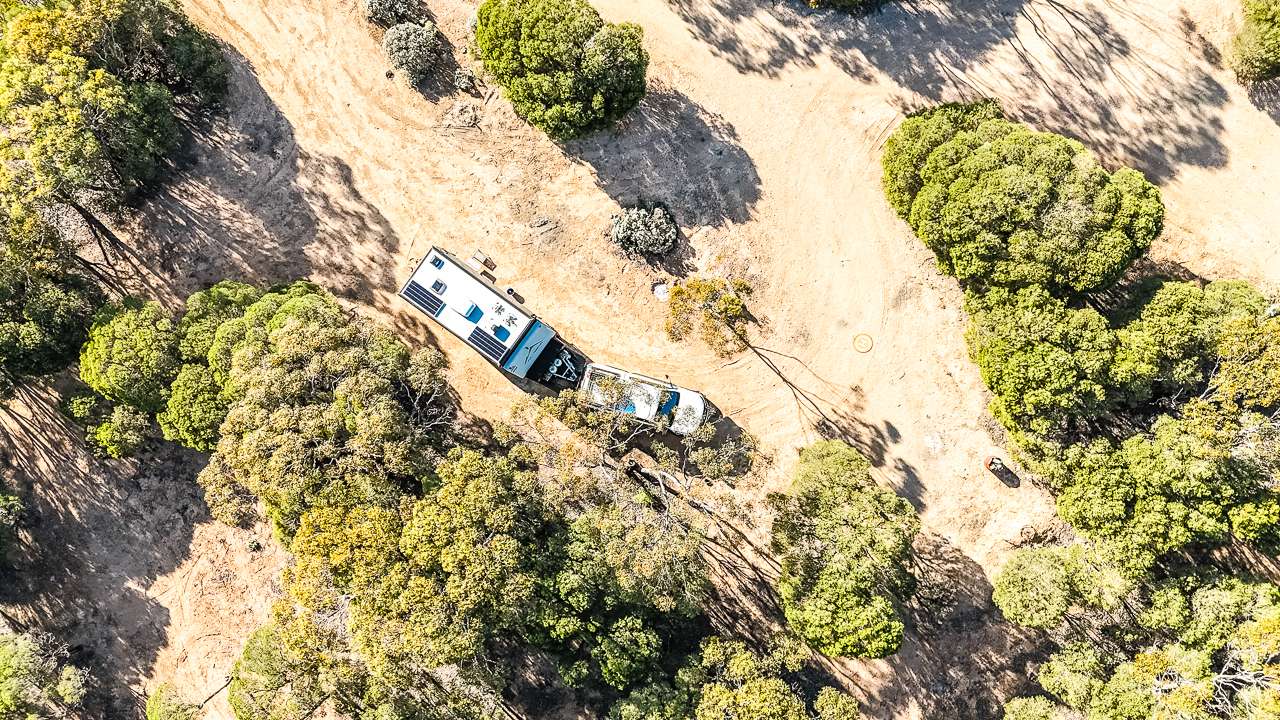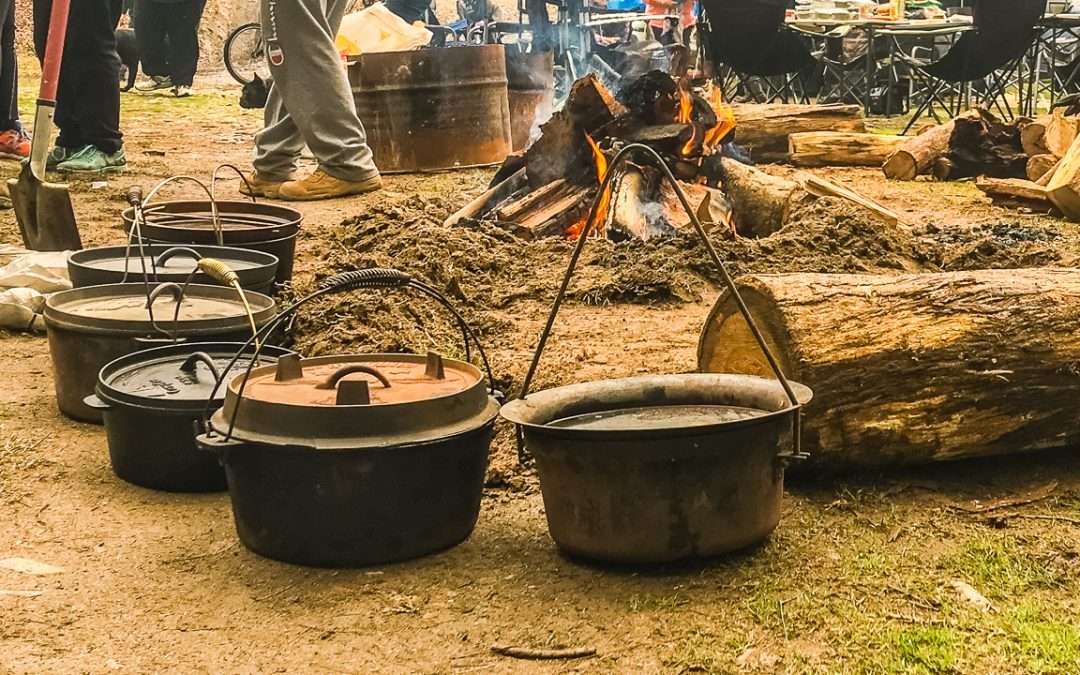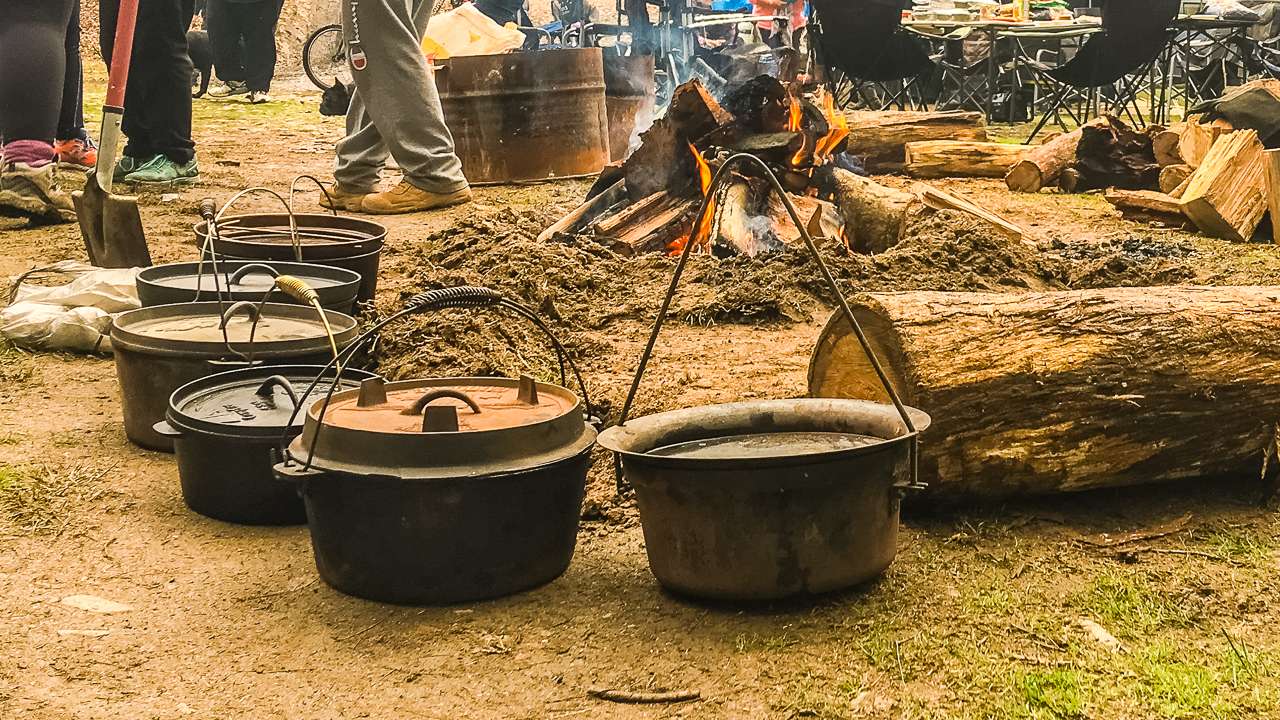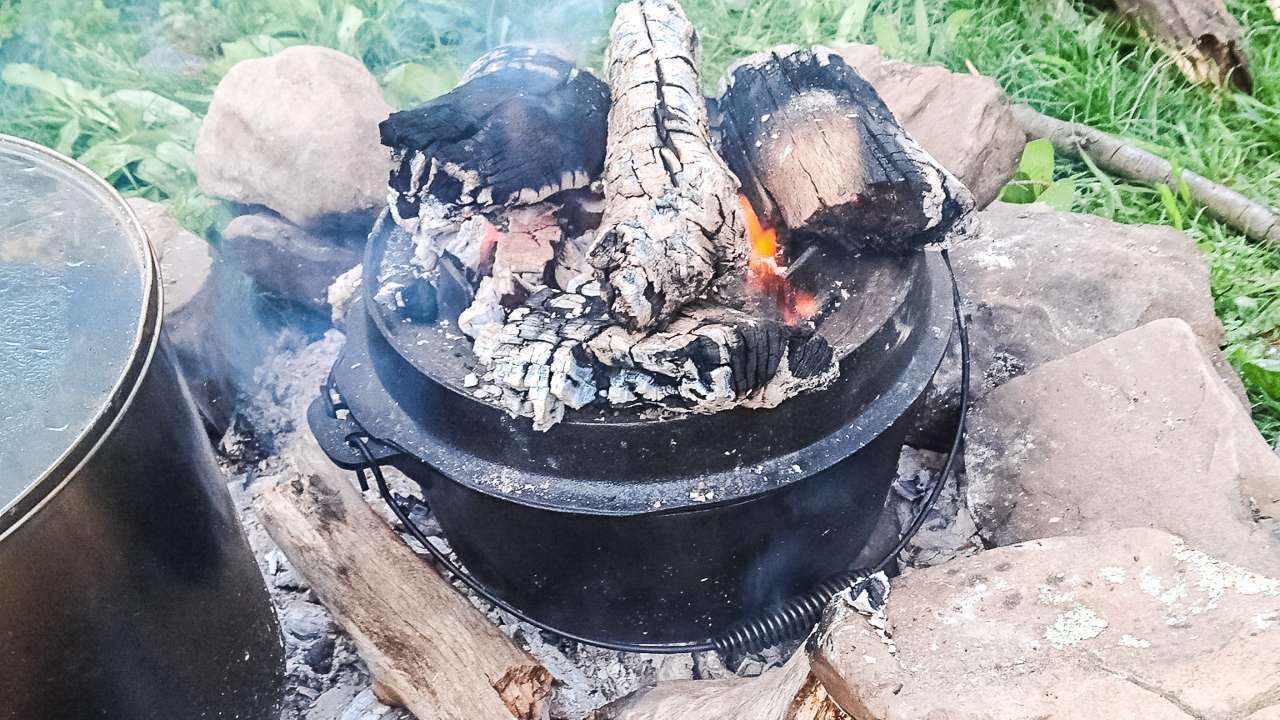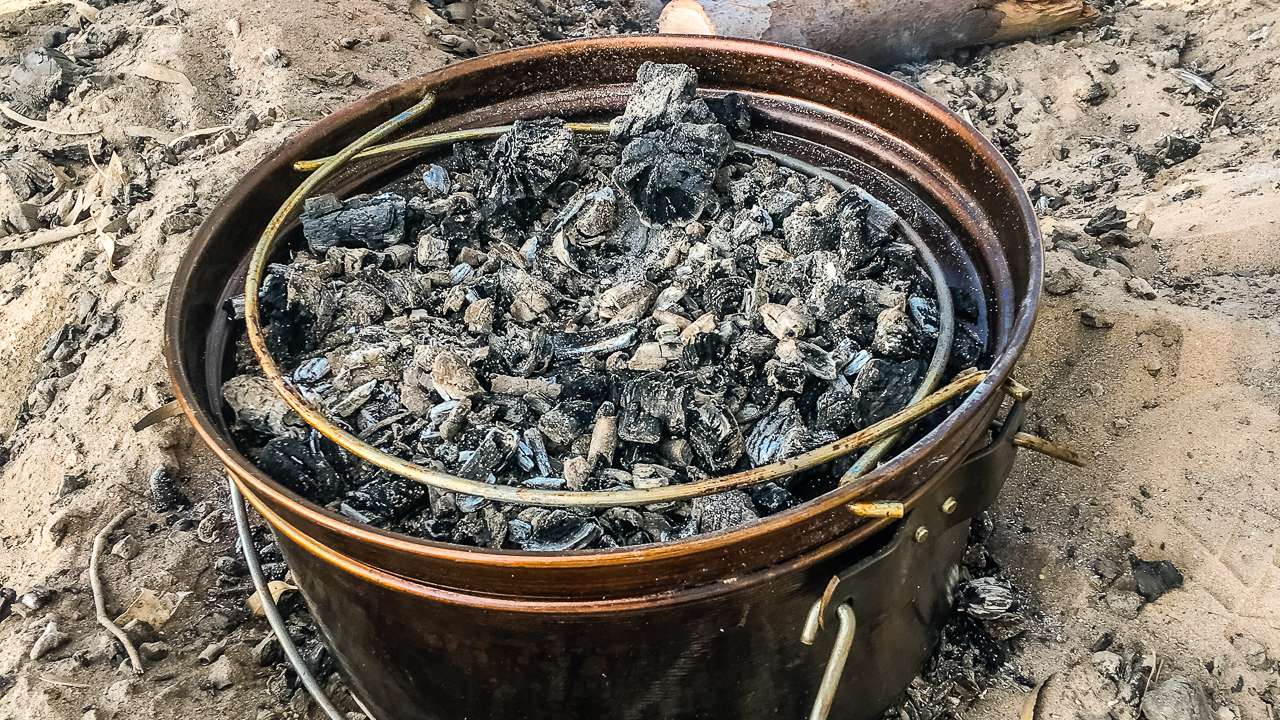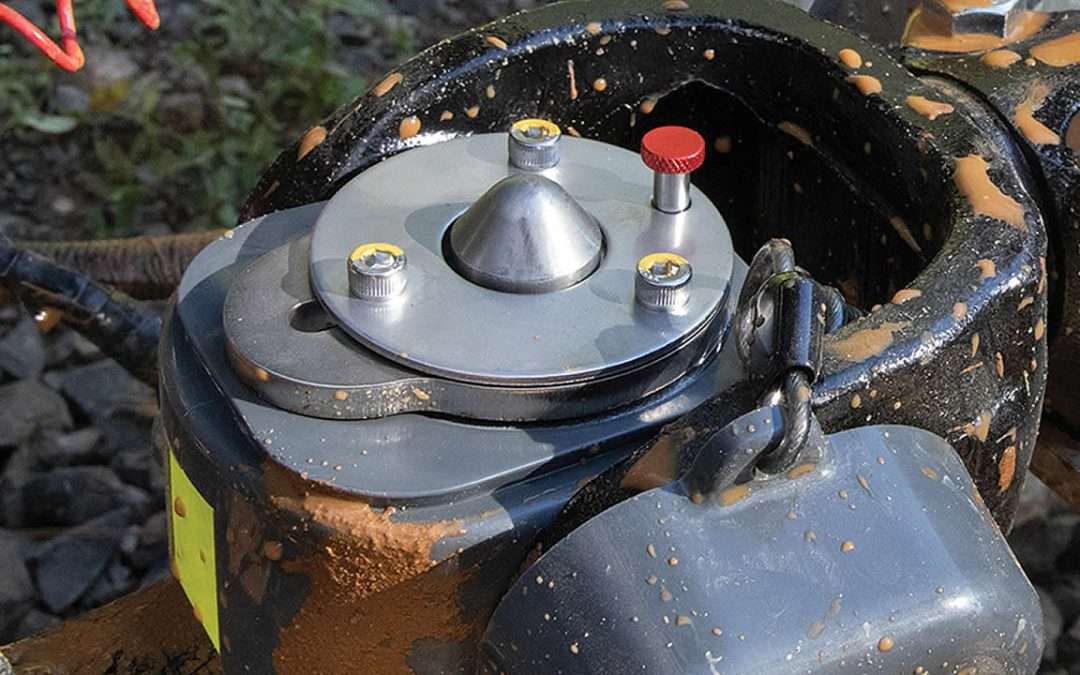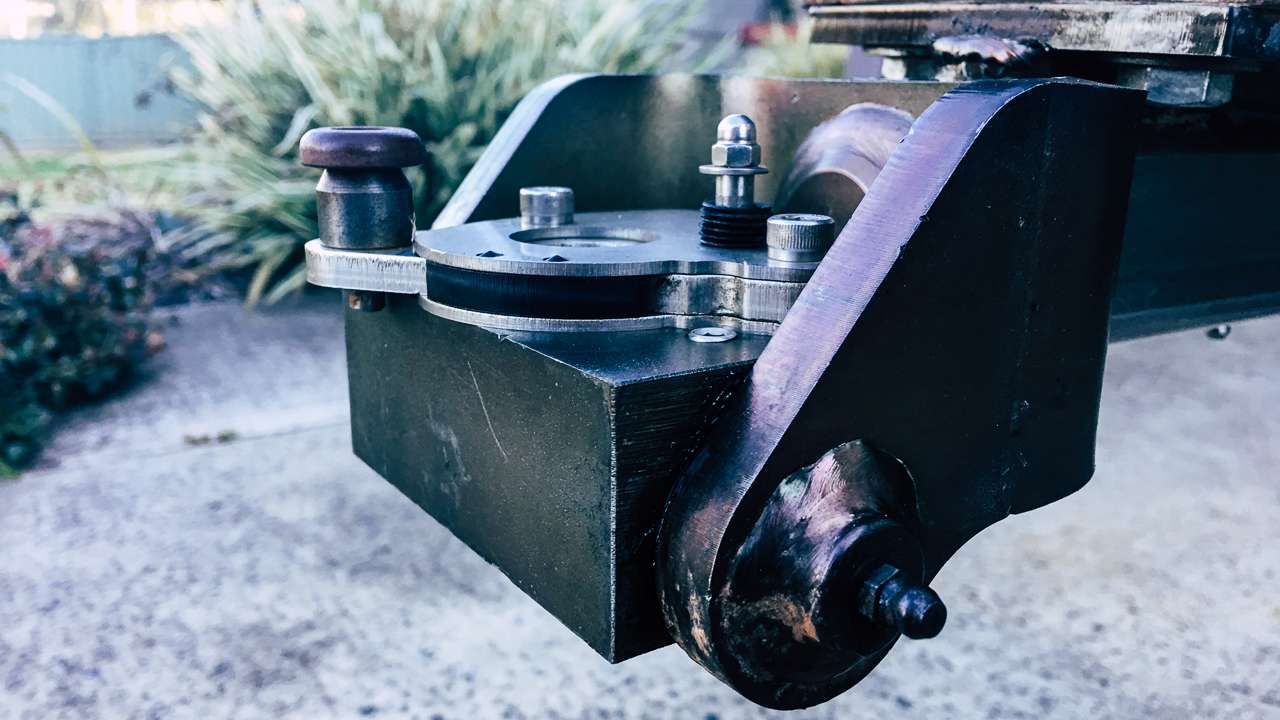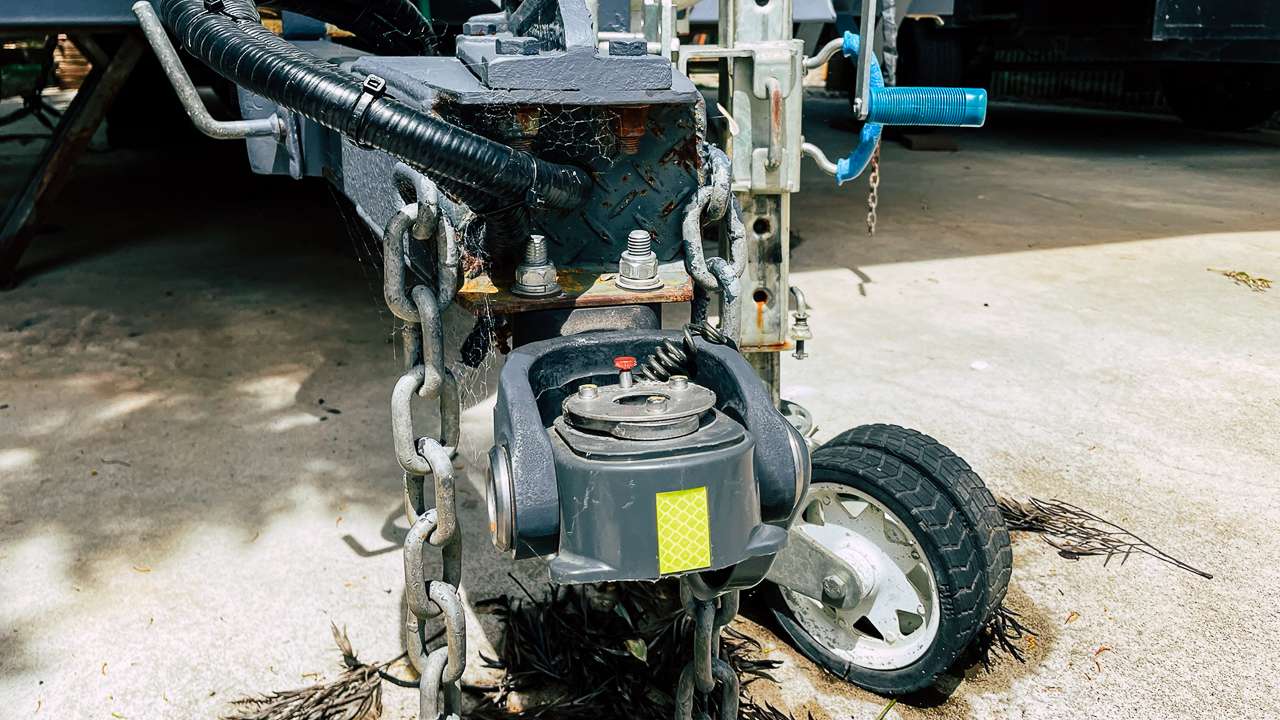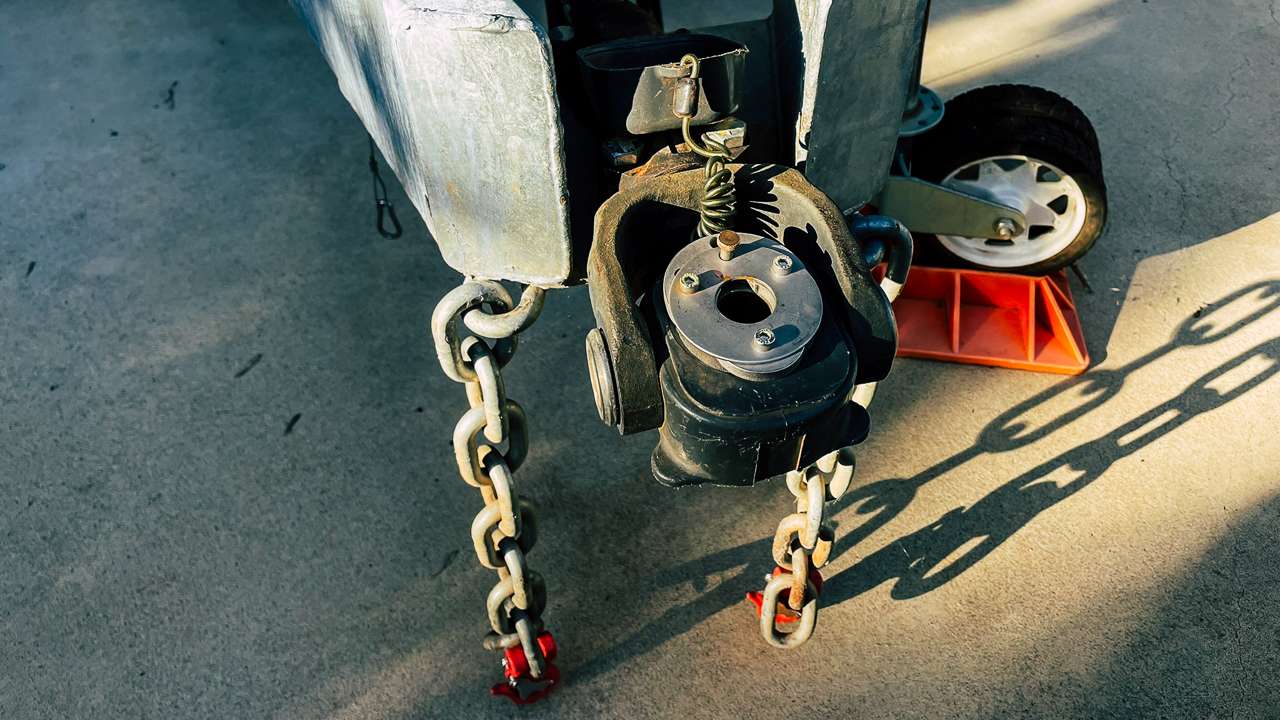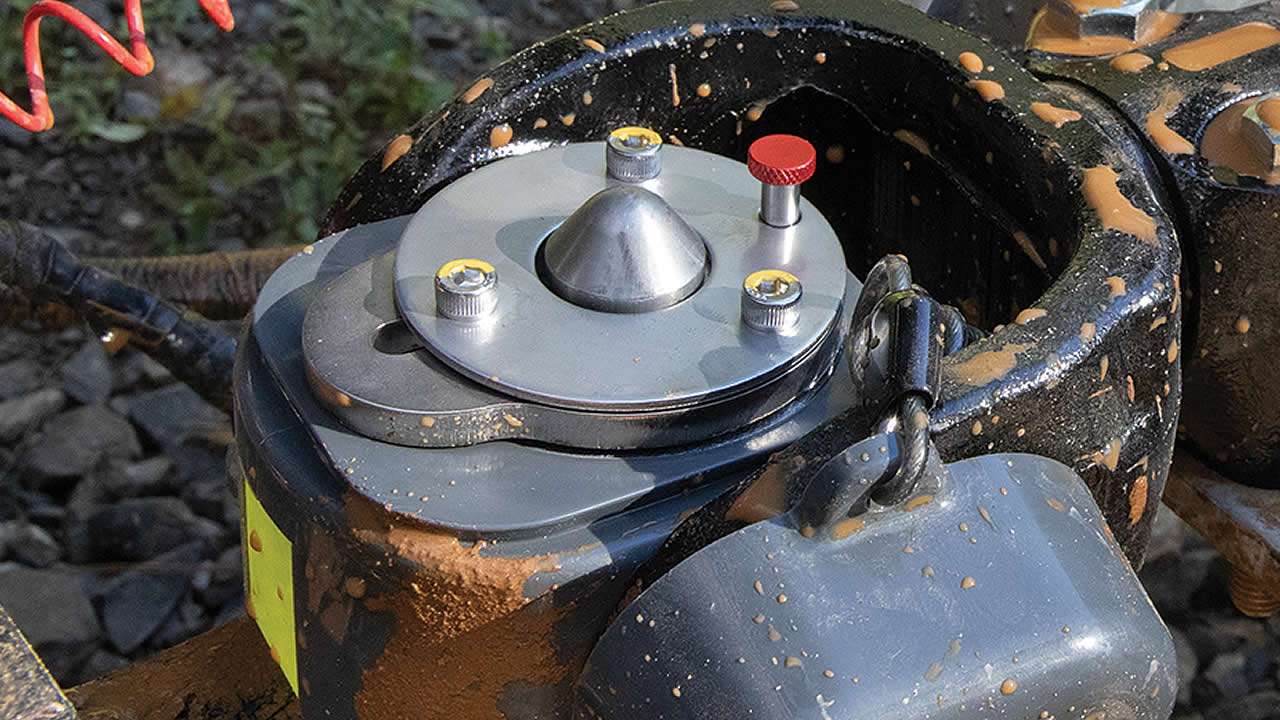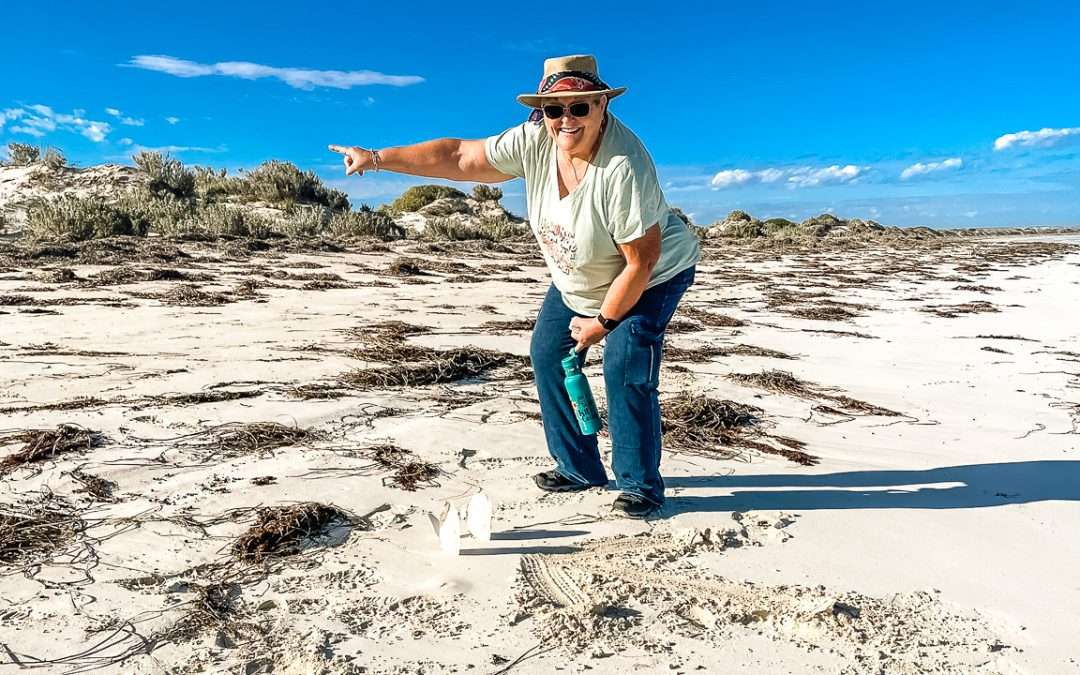
Camping And Exploring Eucla Western Australia, Australia
Camping And Exploring Eucla Western Australia, Australia
Experience camping and exploring Eucla Western Australia, Australia where the ruins meet the ocean and history tells its story in the sands.
In September 2024 Amanda and I checked out trip to Eucla Western Australia, Australia. We camped the night at the Old Telegraph Station Campground. We spent more than half a day and the evening visiting the many historical sites.
Table Of Contents
- History Of Eucla Western Australia, Australia
- Exploring The Eucla Telegraph Station
- The Beach And Jetty
- Essentials: Fuel and Food
- Camping Options in Eucla, Western Australia, Australia
- Choosing The Right Spot
- Tips for Camping in Eucla
- Camping with History And Comfort
- Weather in Eucla
- Things to Do in Eucla
- A Side Trip to Koonalda Homestead
- A Detailed Look at the Eucla Telegraph Station
- Eucla Western Australia, Australia – Both Practical And Memorable
- Eucla Western Australia, Australia Photo Gallery
- Frequently Asked Questions About Eucla, Western Australia, Australia
- What is Eucla, and why should I visit?
- What is there to do in Eucla?
- Where can I camp in Eucla?
- What is the weather like in Eucla?
- Is there much history to explore in Eucla?
- Are there any facilities or services for travellers in Eucla?
History Of Eucla Western Australia, Australia
Eucla began as a vital communication hub in the late 19th century. The Eucla Telegraph Station, built in 1877, was a key link in the intercolonial telegraph line that connected South Australia and Western Australia.
By the 1920s, Eucla faced problems from a rabbit plague and encroaching sand dunes. These issues forced the town to relocate closer to the highway and the telegraph station was abandoned. These days the ruins of the station are a reminder of the challenges faced by early settlers.
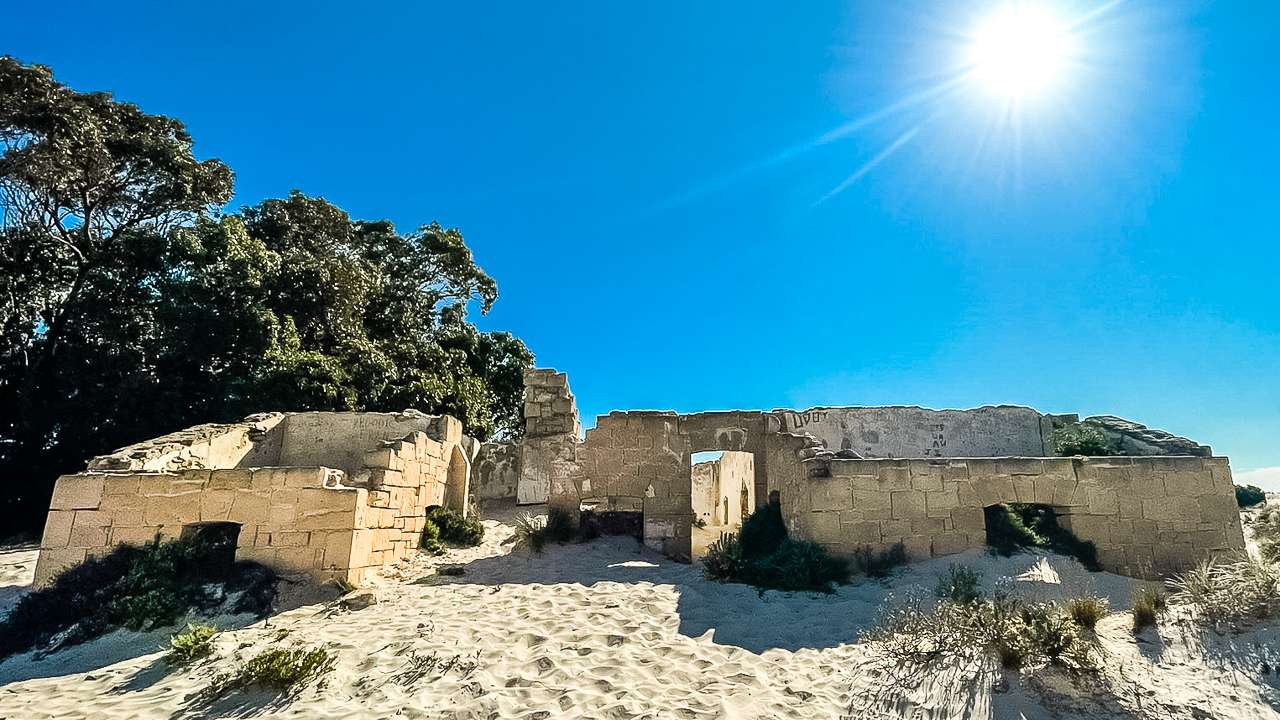
Abandoned Eucla Telegraph Station Ruins
Exploring The Eucla Telegraph Station
One of the highlights of our visit was a walk to the Old Telegraph Station ruins. It’s a short trek through the sand dunes that have partly buried the old buildings. What was left of the station gave us a sense of how isolated life must have been for the people who lived and worked there.
The surrounding dunes are constantly shifting, making the site feel unique and ever-changing. We spent time walking around, taking photos and soaking in the quiet atmosphere.
The Beach And Jetty
Eucla’s coastline is simple but beautiful. We walked along the beach and visited the remains of the old timber jetty, which was once used for transporting goods. The jetty is weathered and partially collapsed, but it’s still a striking sight.
The beach is also a good place for wildlife spotting. You might see seabirds and sometimes kangaroos are nearby. It’s a peaceful spot, perfect for taking photos or just enjoying the sea breeze.
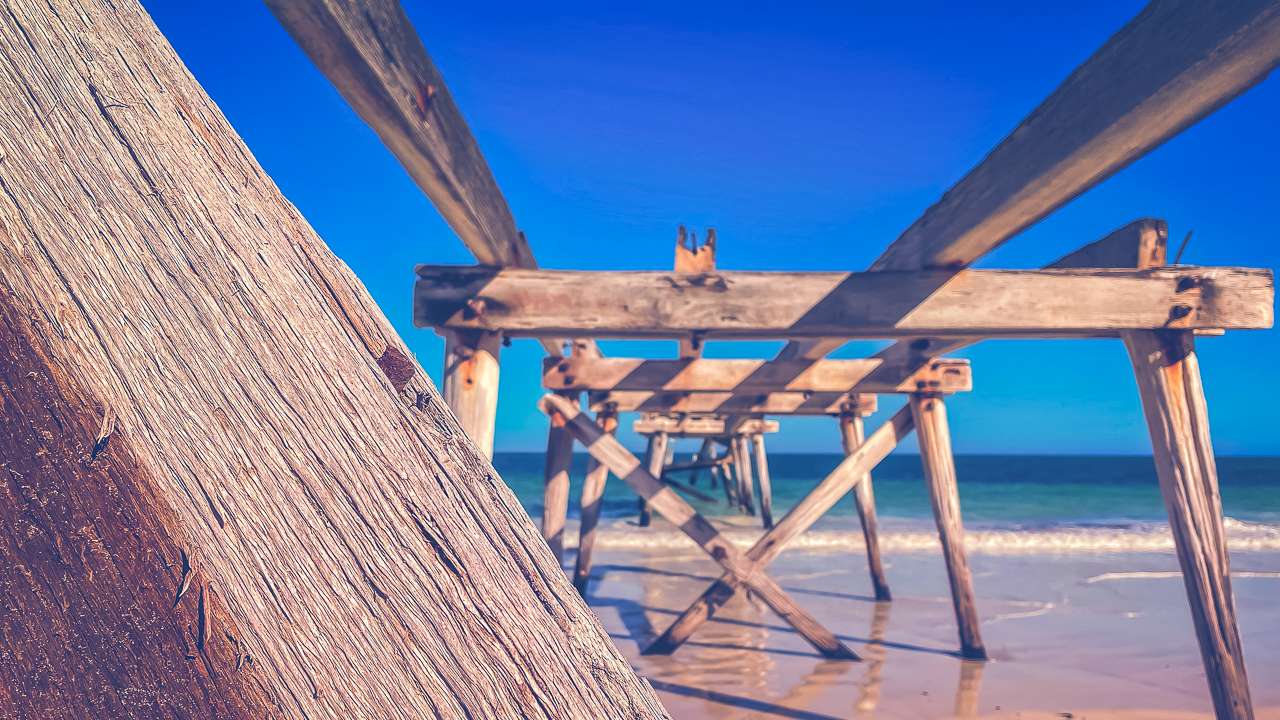
Old Wooden Jetty At Eucla Western Australia Australia
Essentials: Fuel and Food
We refuelled at the Eucla Roadhouse, which is the main stop for travellers. It’s a convenient place to top up your fuel, buy snacks and grab basic supplies. After that, we had breakfast at the Eucla Motel. The food was simple but tasty and the café is a good spot to take a break.
Outside the motel, we found a geocache hidden near the big whale statue. If you’re into geocaching this is a fun little challenge to add to your visit.
Camping Options in Eucla, Western Australia, Australia
Whether you’re looking for a basic bush camping experience or a spot with modern amenities, Eucla, Western Australia, Australia, offers a range of camping options to suit different preferences and budgets. On our trip, Amanda and I camped at the Old Telegraph Station Campground, but we also explored other options for travellers passing through this historic area.
- Old Telegraph Station Campground
This basic camping spot was our choice and it offered a peaceful stay with direct access to the telegraph station ruins. The lack of facilities means you need to be self-sufficient, so bring plenty of water, a portable toilet if needed and other essentials. The setting is simple but atmospheric with soft sand underfoot and a quiet, remote vibe. It’s perfect for history buffs or those looking to immerse themselves in Eucla’s unique landscape.
Location: Near the ruins of the Eucla Telegraph Station
Cost: Free or a small voluntary donation
Facilities: None (no toilets, showers, or powered sites)
How to Book: No booking required; first come, first served - Eucla Caravan Park
The Eucla Caravan Park is a convenient option for travellers who prefer some creature comforts. Located near the Eucla Roadhouse and the Eucla Motel, it’s ideal for those wanting easy access to fuel, food and supplies. We stopped by to check it out and the park is clean and well-maintained. It’s a great option for families or travellers with caravans who need powered sites. The park’s proximity to the highway makes it a popular stop, so calling ahead during peak travel seasons is a good idea.
Location: Adjacent to the Eucla Motel, just off the Eyre Highway
Cost: Powered sites $25–$30 per night / Unpowered sites Approximately $20 per night
Facilities: Showers and toilets – laundry facilities – powered and unpowered sites – drinking water
How to Book: Call the Eucla Motel directly or book on arrival - Border Village Caravan Park
While technically across the state border, the Border Village Caravan Park is a short drive from Eucla and offers similar amenities to the Eucla Caravan Park. It’s a great alternative if Eucla’s sites are full or if you want a change of scenery. The caravan park is part of a larger roadhouse complex, so you can also stock up on fuel and supplies. It’s a practical and comfortable option for travellers continuing their journey across the Nullarbor.
Location: 12 kilometres east of Eucla, just across the South Australian border
Cost: Powered sites $25–$35 per night / Unpowered sites: $20–$25 per night
Facilities: Showers and toilets – Laundry facilities – BBQ area – Small general store – Playground for kids
How to Book: Walk in or call Border Village directly - Nullarbor Bush Camps (DIY Camping)
For those seeking a more rugged camping experience, there are plenty of opportunities for bush camping in the surrounding area. If you’re travelling with a fully self-contained setup, you can pull over at various spots along the Eyre Highway and set up camp. Always ensure you’re on public land or have the landowner’s permission and follow Leave No Trace principles to protect the environment.
Cost: Free
Facilities: None
How to Book: No booking required
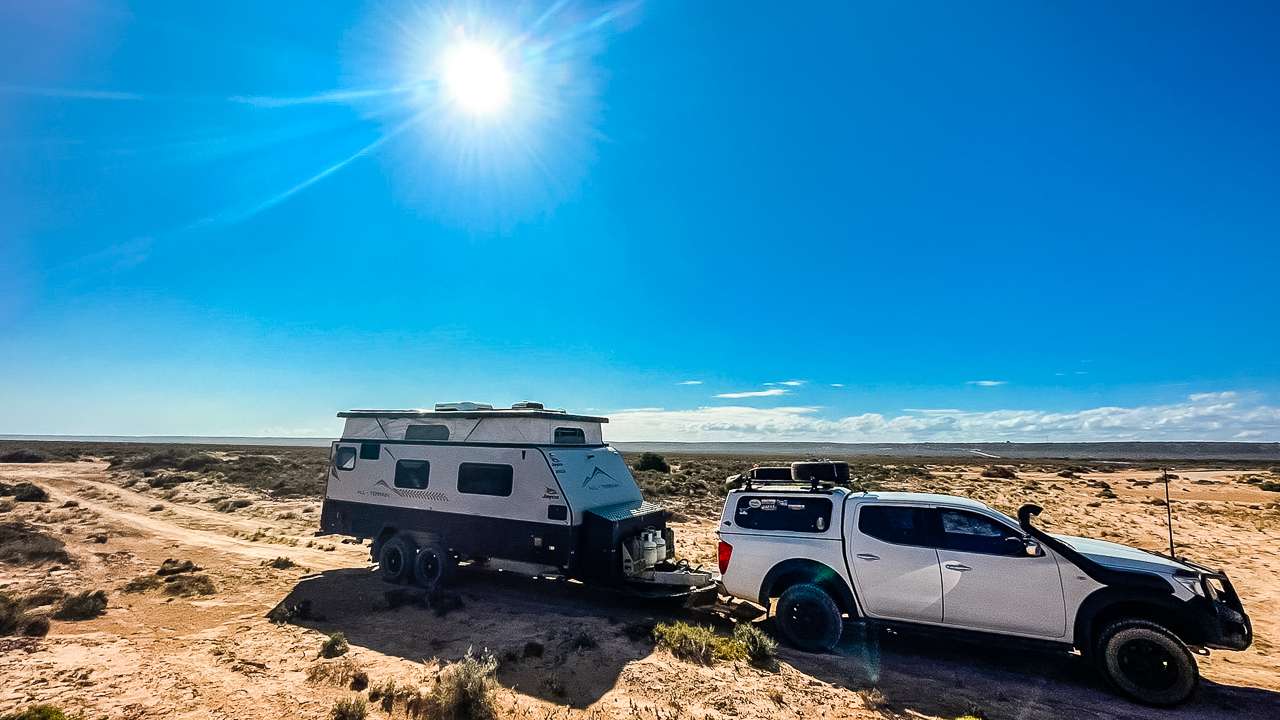
Old Telegraph Station Campground Eucla
Choosing The Right Spot
The best camping option depends on your preferences and needs:
- For history and isolation: The Old Telegraph Station Campground offers proximity to the ruins and a peaceful atmosphere, but you’ll need to be self-sufficient.
- For comfort and amenities: The Eucla Caravan Park or Border Village Caravan Park provide powered sites, showers and access to other facilities.
- For offgrid adventurers: Bush camping along the Nullarbor is a great way to enjoy the wide-open landscapes, as long as you’re prepared.
Tips for Camping in Eucla
- Be Self Sufficient: Water and supplies can be limited, especially at free campsites like the Old Telegraph Station. Bring everything you need, including water, food and garbage bags so you can take your rubbish with you.
- Check the Weather: The weather in Eucla can be unpredictable. Bring layers for cooler nights and plenty of sun protection for the day.
- Plan Ahead: While the free and bush camping options don’t require bookings, caravan parks can fill up, especially during peak travel seasons (spring and autumn). Call ahead to secure your spot.
- Respect the Environment: Follow Leave No Trace principles, especially in remote areas, to keep the landscape clean and enjoyable for future travellers.
- Watch for Wildlife: Kangaroos and other animals are common, particularly at dawn and dusk. Be careful when driving as there are plenty of the hoppy buggers around.
Camping with History And Comfort
Camping in Eucla, Western Australia, Australia, offers a mix of historical intrigue, natural beauty and practical amenities. Whether you’re exploring the Old Telegraph Station, relaxing at a caravan park, or enjoying the solitude of bush camping, Eucla has something for every type of traveller. Amanda and I loved the variety and simplicity of camping here. It’s a great way to experience this unique part of the country while staying connected to its fascinating past.
Weather in Eucla
In September, the weather was mild, with daytime temperatures between 15°C and 25°C. Nights were cooler, so we made sure to pack warm clothes. Spring is also a good time to see wildflowers in the area.
Things to Do in Eucla
Here’s what you can do while visiting Eucla:
- Walk to the Old Telegraph Station ruins
- Explore the beach and photograph the old jetty
- Find the geocache near the big whale statue
- Refuel and stock up at the Eucla Roadhouse
- Have a meal at the Eucla Motel café
- Look for wildlife in the dunes and along the coast
- Visit Border Village for extra amenities
A Side Trip to Koonalda Homestead
A short drive from Eucla is the Koonalda Homestead, a historic site on the old Eyre Highway. It operated as a roadhouse during the mid-20th century, serving travellers crossing the Nullarbor. Now abandoned, it’s known for its corrugated iron buildings and a nearby car graveyard. The site offers a fascinating glimpse into a different era of travel.
A Detailed Look at the Eucla Telegraph Station
The Eucla Telegraph Station is one of the most significant historical sites in this remote part of Australia. It was built in 1877 and played an important role in the Australian communication network. Located near the border between South Australia and Western Australia, the station was part of the intercolonial telegraph line, which connected Perth to Adelaide and beyond.
This isolated station was staffed by operators who manually relayed messages sent via Morse code. Back then it was a cutting edge communication system reducing the time it took to send messages across the country from weeks to seconds.
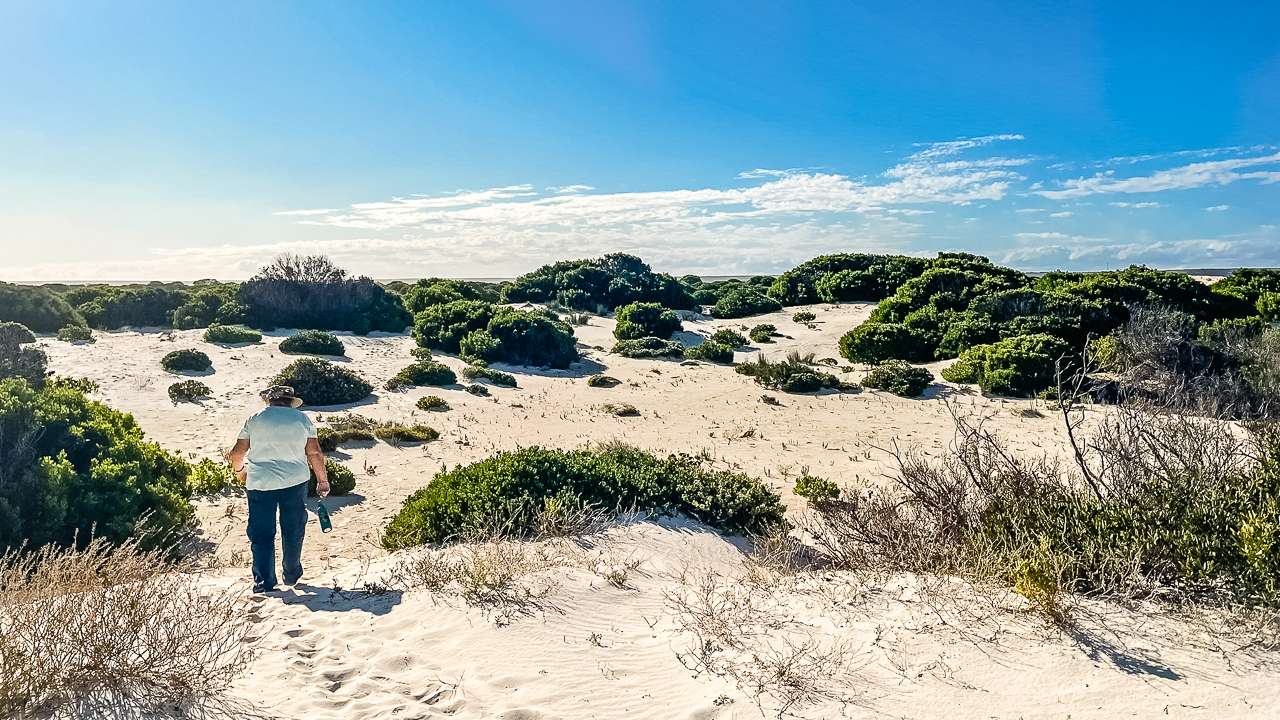
Walking The Dunes At Eucla Western Australia Australia
The Early Days: A Vital Link
In the late 19th century, Australia’s colonies were largely disconnected from each other. The telegraph line between Adelaide and Perth was a monumental project aimed at bridging this gap. The Eucla Telegraph Station was strategically placed about halfway along the line, making it a key repeater station. Operators decoded incoming signals, checked for errors and retransmitted the messages along the line.
This was no easy task. The station’s remote Location: meant supplies had to be shipped in via a nearby jetty and then transported to the site. The staff lived in basic conditions, isolated from the rest of the world apart from the messages they relayed.
Challenges and Decline
Despite its importance, the Eucla Telegraph Station faced numerous challenges. One of the biggest was the rabbit plague of the early 20th century. Introduced to Australia in the 1850s, rabbits multiplied rapidly, devastating vegetation across the Nullarbor Plain. With little vegetation left, the sand dunes around Eucla began to shift, encroaching on the town and eventually burying parts of the station.
Advances in technology made the telegraph line obsolete. By the 1920s wireless radio communications began to take over and the telegraph system was gradually phased out. The Eucla station was officially closed in 1927 and the town moved closer to the highway, leaving the original site to the mercy of the elements.
What Remains Today
The Eucla Telegraph Station ruins are now a popular attraction, offering visitors a glimpse into the past. The buildings, made from limestone, are partially buried by sand dunes, giving the site a unique and almost surreal appearance.
When Amanda and I visited, we walked through the ruins, imagining what life must have been like for the people who worked there. The station’s thick limestone walls, now weathered and crumbling, are a testament to the craftsmanship of the builders.
You can still see remnants of the main office, living quarters and storage areas. Interpretive signs provide historical context, helping you understand the significance of what you’re seeing. The surrounding dunes add to the atmosphere, creating a sense of timelessness.
Visiting Tips
If you plan to visit the Eucla Telegraph Station, here’s what you need to know:
- Accessibility: The site is a short walk from the Old Telegraph Station Campground. Sturdy shoes are recommended, as you’ll be walking through soft sand.
- Best Time to Visit: Early morning or late afternoon is ideal, as the light is softer for photography and the temperatures are cooler.
Why The Eucla Telegraph Station Matters
The Eucla Telegraph Station is more than just a set of ruins. It represents an era of innovation and determination, showcasing how people overcame immense challenges to connect a vast and isolated continent. For Amanda and me, standing in the shadow of this once-thriving communication hub was a humbling experience.
If you’re travelling through Eucla Western Australia, Australia, make sure to take the time to explore this incredible piece of history. It’s a window into a time when technology, human effort and nature intersected in one of the most remote parts of the country.
Eucla Western Australia, Australia – Both Practical And Memorable
Our visit to Eucla, Western Australia, Australia was both practical and memorable. It’s a great stop for travellers on the Eyre Highway. It has a spot on mix of history, natural beauty and services like the Eucla Roadhouse and Eucla Motel. Whether you’re camping, exploring, or just passing through, Eucla has a little something for everyone.
– David & Amanda
Eucla Western Australia, Australia Photo Gallery
Old Wooden Jetty At Eucla Western Australia Australia
Old Wooden Jetty At Eucla Western Australia Australia
That’s The Way Back To Camp At Old Telegraph Station Campground Eucla
That’s The Way Back To Camp At Old Telegraph Station Campground Eucla
Abandoned Timber Jetty At Eucla Western Australia Australia
Abandoned Timber Jetty At Eucla Western Australia Australia
Road Down To Old Telegraph Station Campground Eucla
Road Down To Old Telegraph Station Campground Eucla
Abandoned Eucla Telegraph Station Ruins Eucla Western Australia Australia
Abandoned Eucla Telegraph Station Ruins Eucla Western Australia Australia
Walking The Dunes At Eucla Western Australia Australia
Walking The Dunes At Eucla Western Australia Australia
Frequently Asked Questions About Eucla, Western Australia, Australia
What is Eucla, and why should I visit?
What is there to do in Eucla?
Where can I camp in Eucla?
What is the weather like in Eucla?
Is there much history to explore in Eucla?
Are there any facilities or services for travellers in Eucla?

